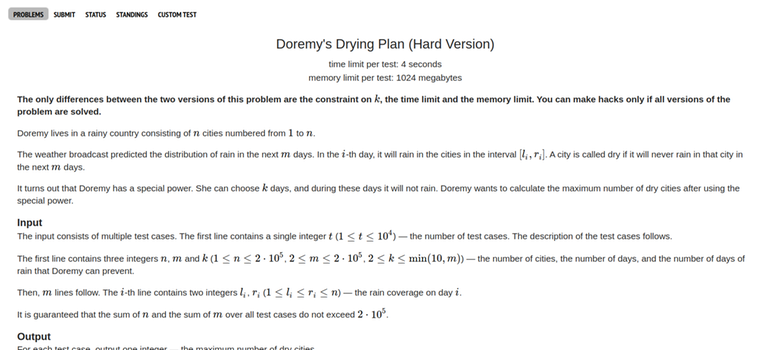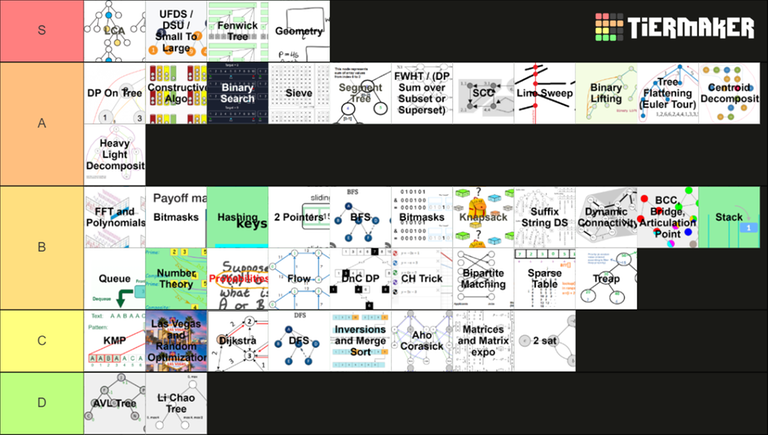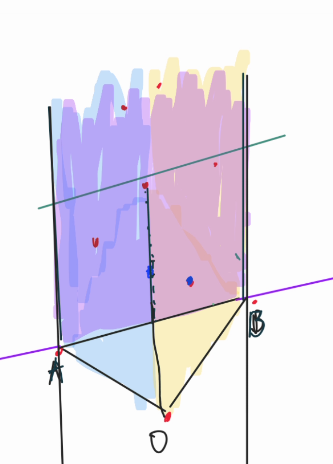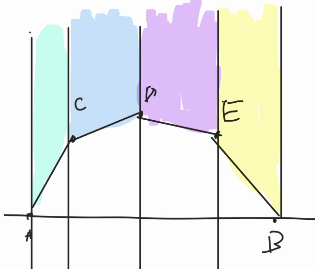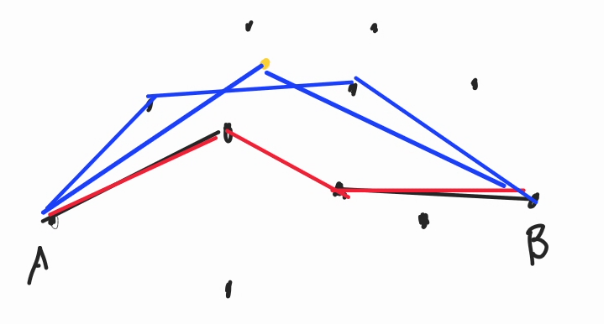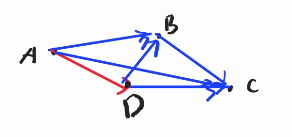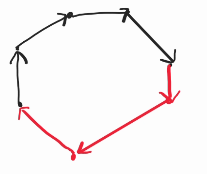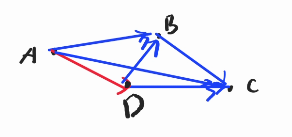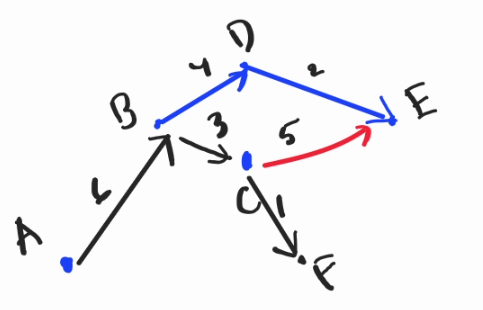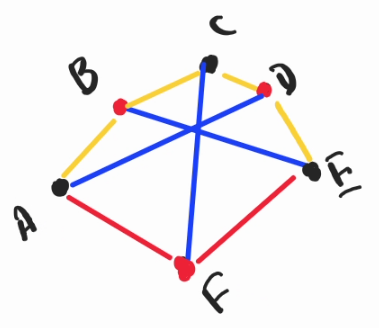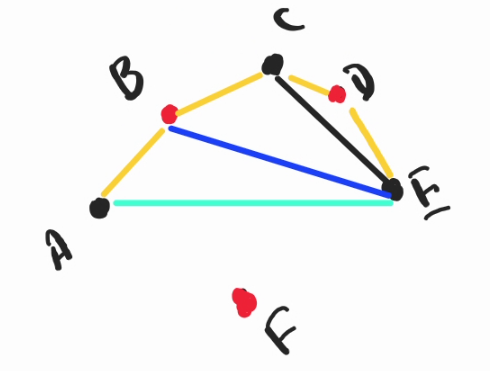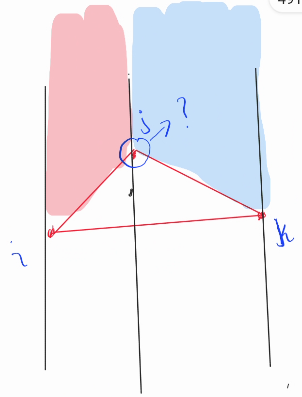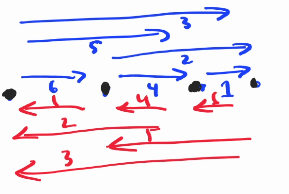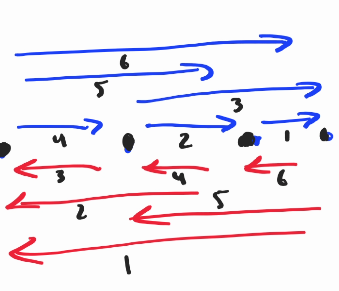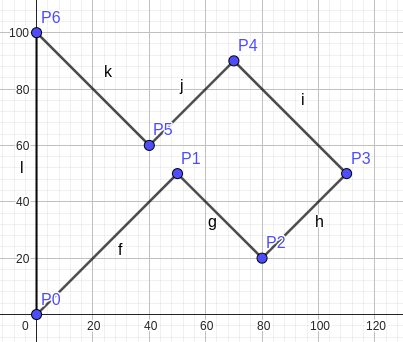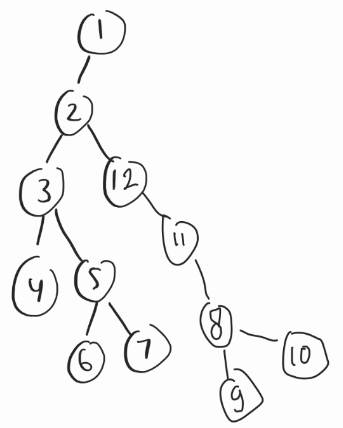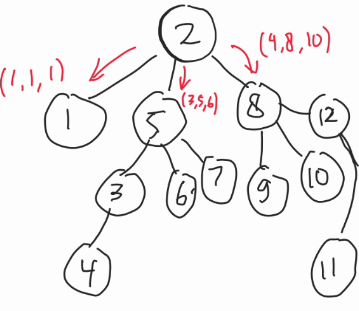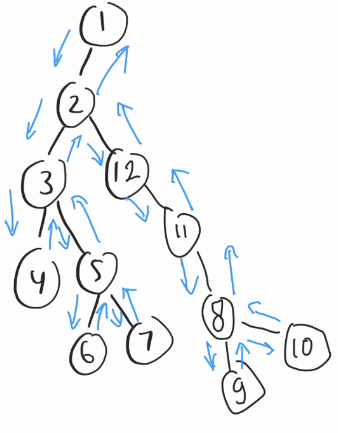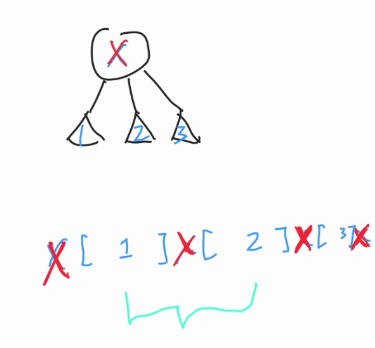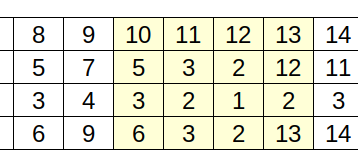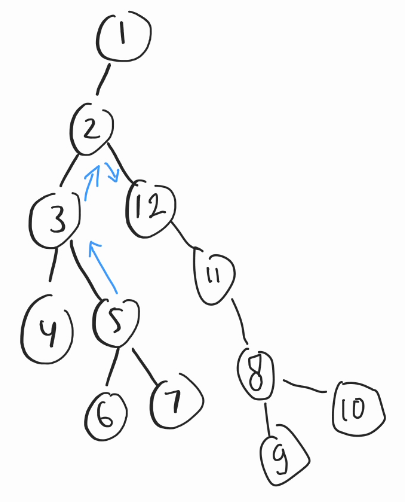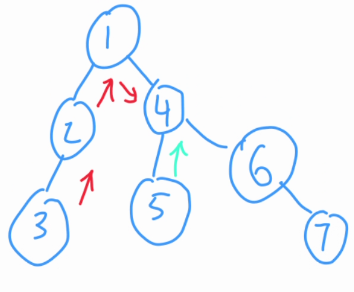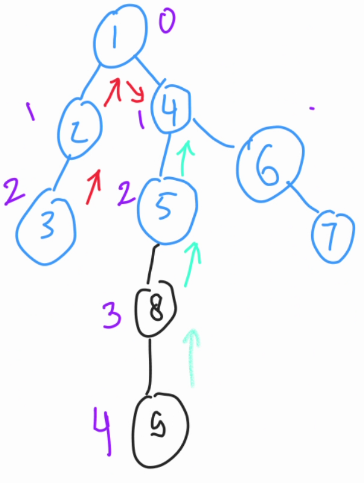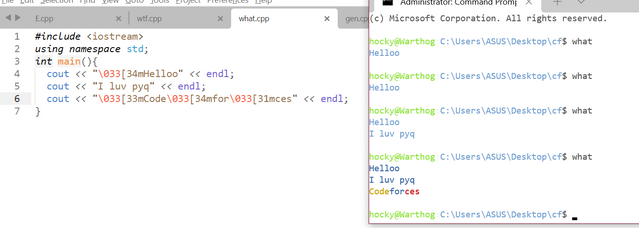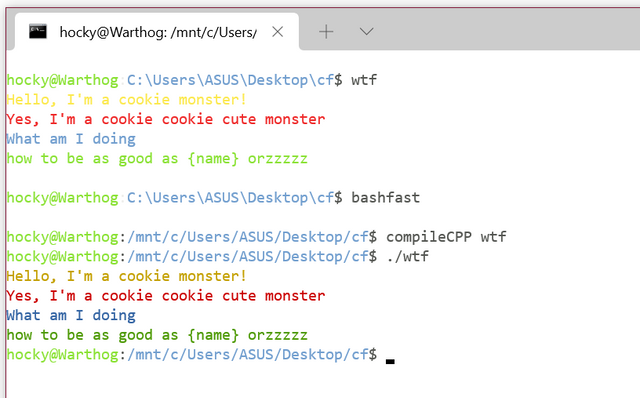/***
* _____ ___ ___ ___ ___ __ ___ _ _
* |_ _| / __| / _ \ / __| |_ ) / \ |_ ) | | | O O o
* | | \__ \ | (_) || (__ / / | () | / / |_ _| o
* _|_|_ |___/ \___/ \___| _____ /___| _\__/ /___| _|_|_ [O]__ZT
* _|"""""_|"""""_|"""""_|"""""_| _|"""""_|"""""_|"""""_|"""""_|======}
* "`-0-0-"`-0-0-"`-0-0-"`-0-0-"`-0-0-"`-0-0-"`-0-0-"`-0-0-"`-0-0-"`000--o\.
* ___ ___ ___ ___ _ ___ ___ ___ _ ___
* o O O / \ | _ \ | _ \ |_ _| | | | __| / _ \ / _ \ | | / __|
* o | - | | _/ | / | | | |__ | _| | (_) || (_) | | |__ \__ \
* TS__[O] |_|_| _|_|_ |_|_\ |___| |____| _____ _|_|_ \___/ \___/ |____| |___/
* {======_|"""""_| """ _|"""""_|"""""_|"""""_| _| """ _|"""""_|"""""_|"""""_|"""""|
* ./o--000"`-0-0-"`-0-0-"`-0-0-"`-0-0-"`-0-0-"`-0-0-"`-0-0-"`-0-0-"`-0-0-"`-0-0-"`-0-0-'
*/
Hello everyone!
We're very happy to announce and invite you to TLX Special Open Contest (TSOC) — April Fools 2024!
Having a break from the past 3 years, and here I am, a sudden comeback on the April Fools' contest 🤡
We strongly encourage you to read all the problems!
Go Go Go Go
- Contest link: TLX Special Open Contest (TSOC) — April Fools 2024
- Time: 2nd April, 2024, 20:35 UTC+7 (13.35 UTC)
- Writers: hocky x Pyqe
- Duration: 2 hours 30 minutes
- Problems: 12 problems
P.S: We would like to thank fushar a lot lot lot as an organizer who worked hard to prepare the TLX platform <3~!
UPD: Contest is over!
Congratulations to the top 5:
Congratulations to our first solvers:
A: fonmagnus
C: CDuongg
E: no one 😭😭😭😭
F: CDuongg
G: Golovanov399
H: Ackhava
I: Maskrio
J: natsugiri
K: yellowtoad
Problems I like:
Problems I hate the most:
Editorial is available in the contest!
Thank you for participating!
You can now upsolve the problems here.









